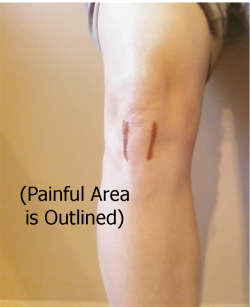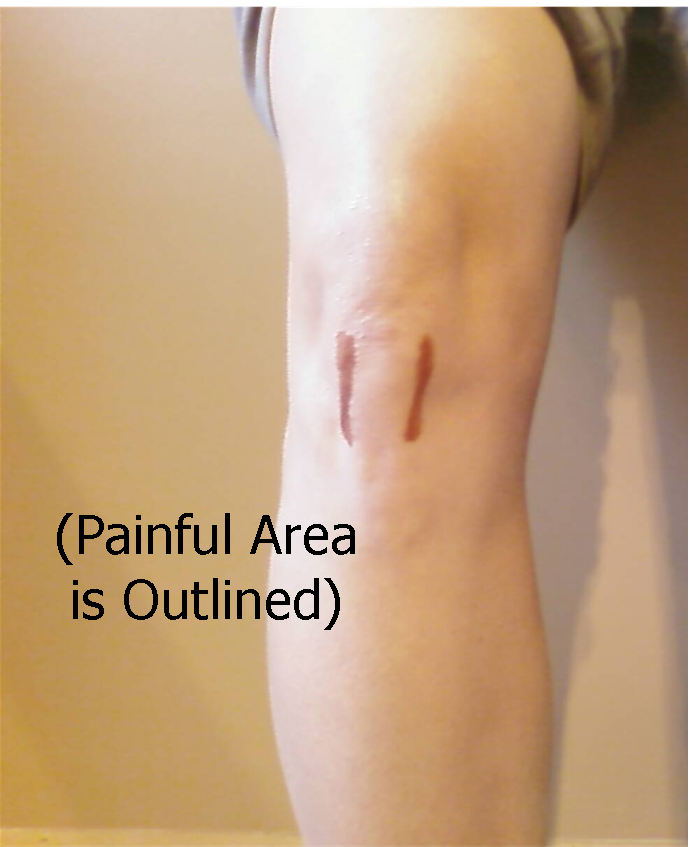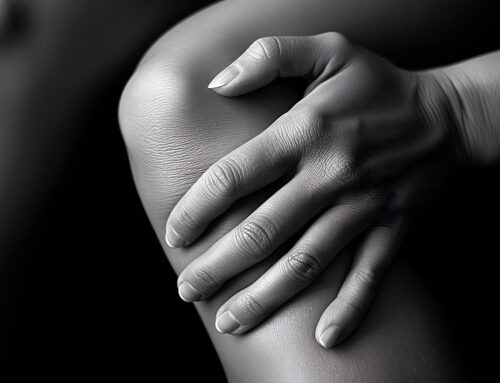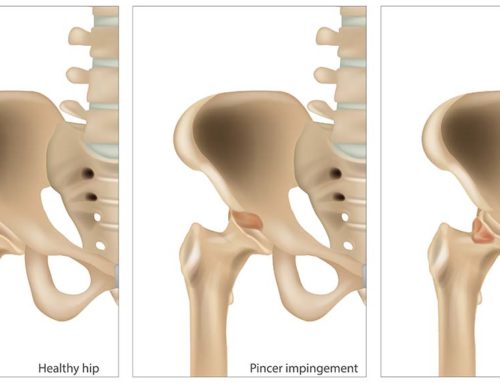Knee Pain from Jumping
Jumpers knee is a common term used to describe an overuse injury to the patellar tendon. The technical term for this tendon injury is patellar tendinosis or patellar tendinopathy and is estimated to affect 45% of elite volleyball players. The symptoms of this condition can often be similar to patellofemoral syndrome, patellar tendinitis, quadricep tendinitis, patellar maltracking and chondromalacia patella.
Jumper’s Knee
According to the most current literature, patellar tendinosis is largely due to the eccentric load placed on the patellar tendon. That is, the patellar tendon is lengthened under load when lowering for a jump and when bending the knee upon landing. (For an explanation of “eccentric contraction” please refer to our previous post about the prevention of hamstring strain).
Patellar Tendon Pain
According to a study published in the British Journal of Sports Medicine, athletes who experienced patellar tendinosis had a tendency to land with a lesser degree of ankle and knee joint flexion on initial impact. That is, they didn’t bend their knees or ankles during landing to the extent of other athletes. The study also found that the rate at which the knee is forced into flexion upon landing may be a risk factor in the development of patellar tendinopathy.
Knee Pain Prevention
So how do we apply our newest understandings of “Jumper’s Knee” to the athlete at risk? If a coach or trainer notices any of the above findings in one of their athletes they should be urged to try a soft landing technique, bending both the ankles and knees as much as possible to absorb the force of landing. If symptoms are present, frequency and intensity of jumping may need to be reduced.
Knee Pain Treatment
Of course, we always recommended that you consult with a doctor so that your condition can be diagnosed prior to any treatment. Our Chiropractic and Physiotherapy clinic in Burlington offers various ways to treat knee pain and conditions like patellar tendinitis (tendinopathy or tendinosis). Laser therapy can be helpful in the initial stages, while techniques like active release or graston can be more helpful in latter stages of healing (or in chronic cases). Unsure what’s right for you? Give us a call! 905.220.7858. [email protected]
References
Bisseling RW, Hof AL, Bredeweg SW, Zwerver J, Mulder T. Are the take-off and landing phase dynamics of the volleyball spike jump related to patellar tendinopathy? British Journal of Sports Medicine 2008; 42: 483-489.
Bisseling RW, Hof AL, Bredeweg SW et al. Relationship between landing strategy and patellar tendinopathy in volleyball. British Journal of Sports Medicine 2007; 41: e8.
Disclaimer https://burlingtonsportstherapy.com/blog/disclaimer/









